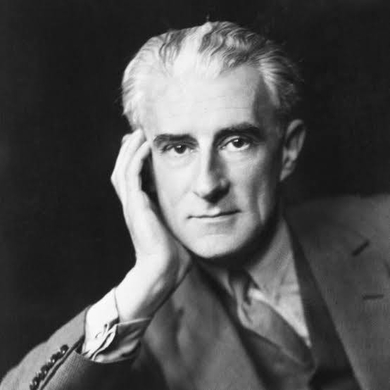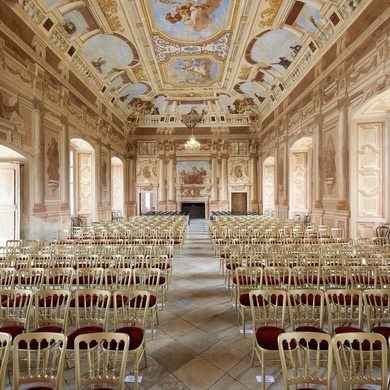Many a composer has struck out with a new opera that future audiences have embraced, if only after the composer’s demise. And such, more or less, was the scenario for Bedřich Smetana with Dalibor (1868), third of his nine works for the lyric stage. Early critics found Dalibor derivative of Richard Wagner’s Lohengrin. Narrative parallels to Ludwig van Beethoven’s Fidelio—heroine masquerades as a lad to spring the man she loves from prison—may have told against it, as well. But a revival in 1886, two years after Smetana’s death, went better, leading to productions beyond the Czech border. The Vienna premiere in 1892 was led by none other than Gustav Mahler. Despite a choice of two endings, both tragic, Dalibor holds its place today as the Czech national opera par excellence. Elsewhere, though, it remains a rarity. This summer’s revival at Maestro Leon Botstein’s ever-enterprising Bard SummerScape festival is advertised as the first full staging in this country. At short notice, adaptable American artists have taken over for the originally announced leads from Eastern Europe. John Matthew Myerssings the knight Dalibor, who at one point comes into possession of a highly symbolic violin; it’s a grim omen indeed when one of the strings snaps. Cadie J. Bryan portrays Milada, initially Dalibor’s mortal enemy, later his champion. Jean-Romain Vesperini directs. —Matthew Gurewitsch
Arts Intel Report
Dalibor, by Bedřich Smetana

The art for Bedřich Smetana’s Dalibor.
When
July 25 – Aug 3, 2025
Where
Richard B. Fisher Center for the Performing Arts, Manor Ave, Annandale-On-Hudson, NY 12504, USA
Etc
Photo: Dalibor
Nearby
1
Art
MASS MoCA



